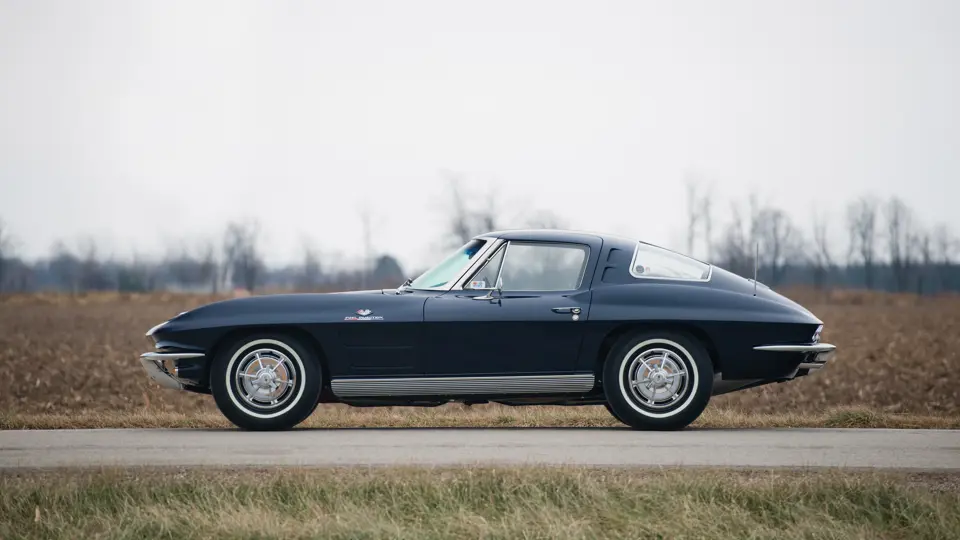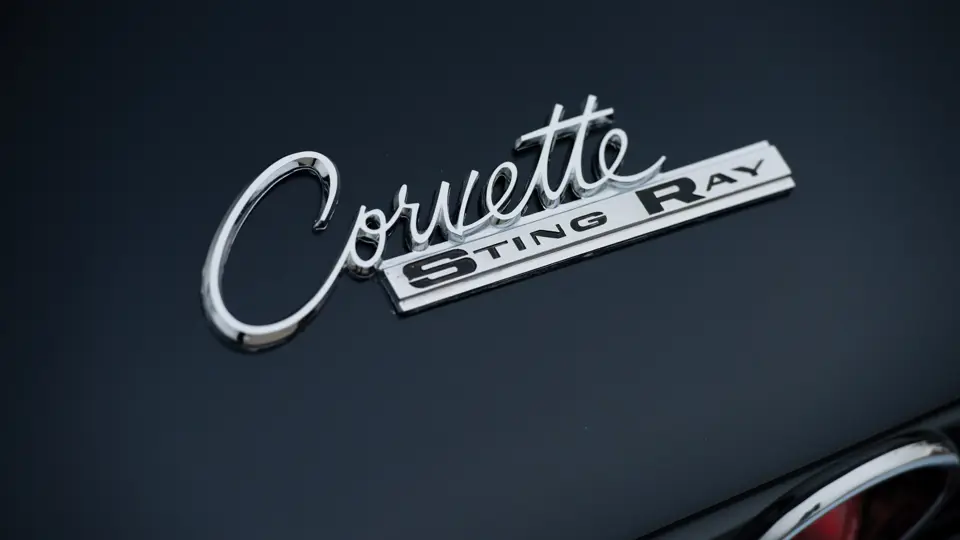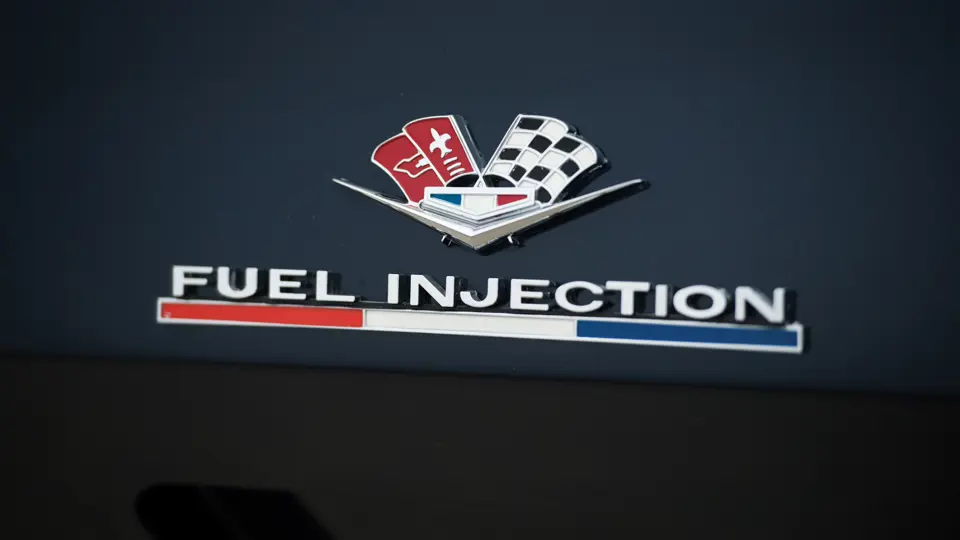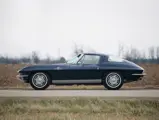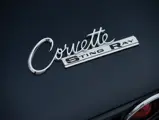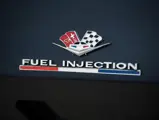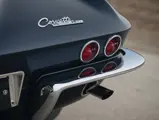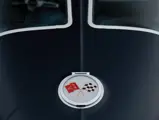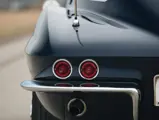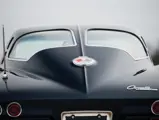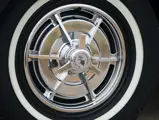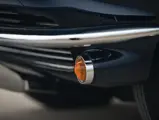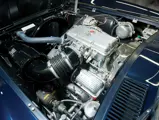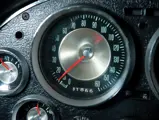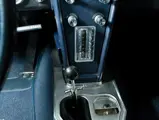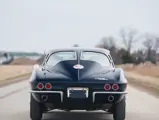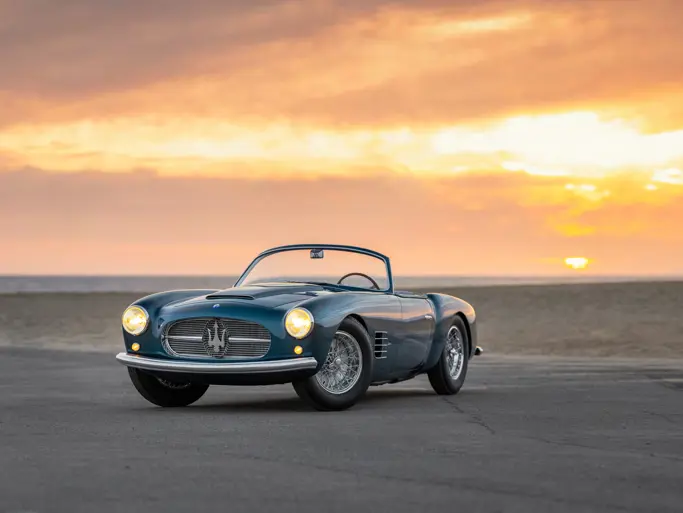
1963 Chevrolet Corvette Sting Ray 'Fuel-Injected' Coupe
{{lr.item.text}}
$236,500 USD | Sold
{{bidding.lot.reserveStatusFormatted}}
- One of 2,610 original factory Fuelies built in 1963
- Equipped with numerous other desirable options
- NCRS Top Flight award-winning restoration
- Offered with considerable paperwork and documentation
- A wonderful example in all regards
360 bhp, 327 cu. in. L84 overhead-valve V-8 engine with Rochester Ramjet mechanical fuel injection, four-speed manual transmission, four-wheel independent suspension, and four-wheel hydraulic drum brakes. Wheelbase: 98 in.
Few Corvettes have achieved such notoriety as the 1963 Corvette Sting Ray, which launched the second generation of “America’s Sports Car” with a sexy aerodynamic design by Bill Mitchell and Larry Shinoda, and it rode on a thoroughly redesigned chassis with Corvette’s first four-wheel independent suspension, which was developed by Zora Arkus Duntov. Also new was the first-ever production Corvette Coupe, which could immediately be recognized by its split rear window. While the basic design of the Coupe would last until 1967, the “split-window” would not, and it is the signature identifying feature of closed 1963 Corvettes today.
The all-new Corvette generated immediate acclaim, with Motor Trend testers remarking, “We thought the old model cornered darn well, but there’s no comparing it to this new one.” Road & Track stated that the 1963 Corvette “will know few peers.” The model has become something of a design classic, as it is renowned for its combination of European-inspired high style and American brawn, and it remains coveted by Corvette collectors as a landmark in the history of what may be Chevrolet’s most important model.
Of the four 327 V-8 engines available, the top mill was the 360-horsepower L84 with Rochester Ramjet mechanical fuel injection, and it propelled the Corvette to 60 mph in under six seconds—performance that remains exhilarating even today.
The Daytona Blue Coupe offered here is an original factory Fuelie, one of only 2,610 built in 1963, and it is equipped with the Positraction rear axle with a 3.36:1 gear ratio, a four-speed close-ratio manual transmission, a signal-seeking AM radio, sintered metallic brakes, an off-road exhaust, and whitewall tires.
This Corvette has been restored to the highest NCRS judging standards, and it boasts an extensive roster of components that are not only original factory parts but are also original parts for this car, including the complete drivetrain, steel wheels, and hubcaps. The T-3 headlamps, valve stems and caps, wiper arms and blades, and essentially every other piece on this car are either original to the car or correct and date-coded. Even the tape holding the shims on the frame and the stencil marks and original chalk marks on the frame rails are accurate.
The car is accompanied by an extensive collection of past titles and registrations, books of records and photographs that document the restoration, and the scoring sheets and blue ribbon for its regional and national NCRS Top Flight awards. The original warranty book and its paper envelope are included, as well as its original owner’s manual, with the large Corvette News card still attached and its original plastic bag; instructions for the AM signal-seeking radio system; and two original keys. Simply put, most everything that one would want to accompany a 1963 Corvette accompanies this car.
It is often said that a restored car is the next best thing to buying one new. This Corvette is better. It has the best options, the best documentation, and a restoration that has stood up to the most strenuous NCRS judging. There are few other “Split-Windows” that can compare.




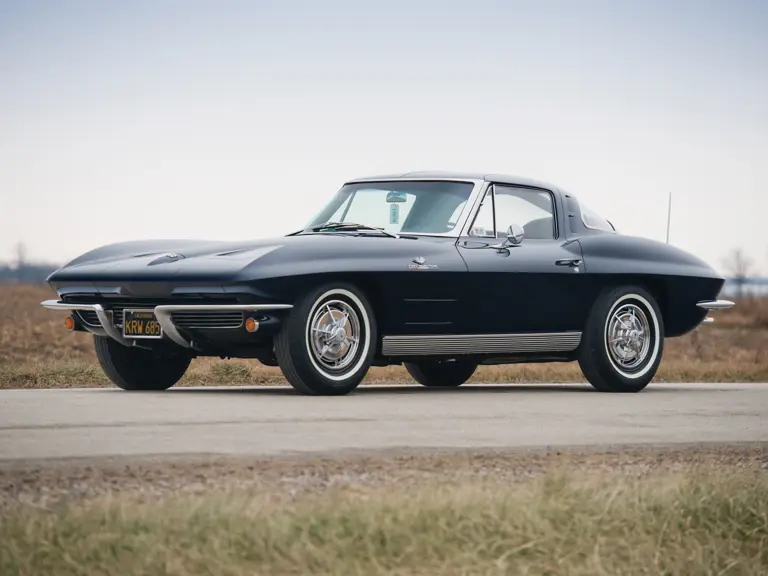
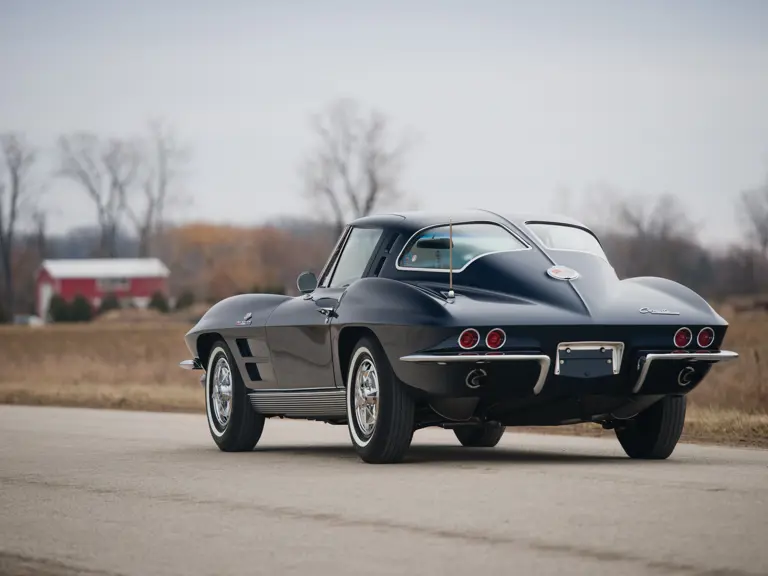
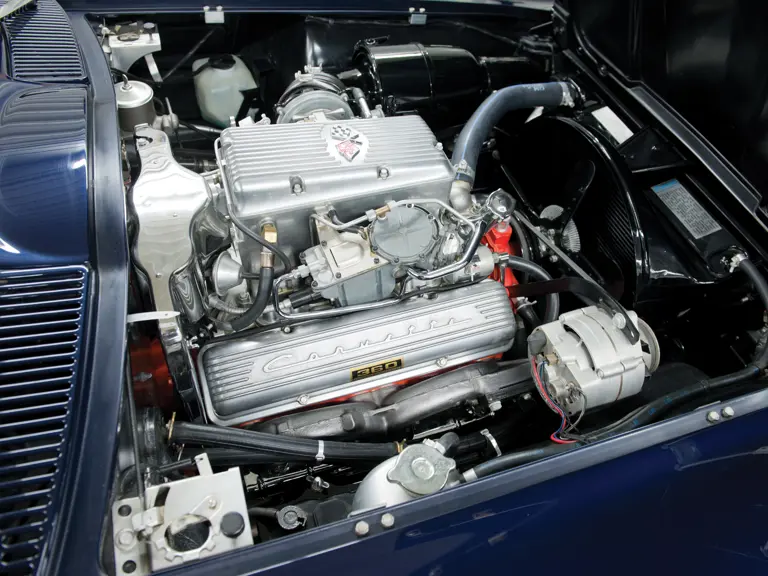

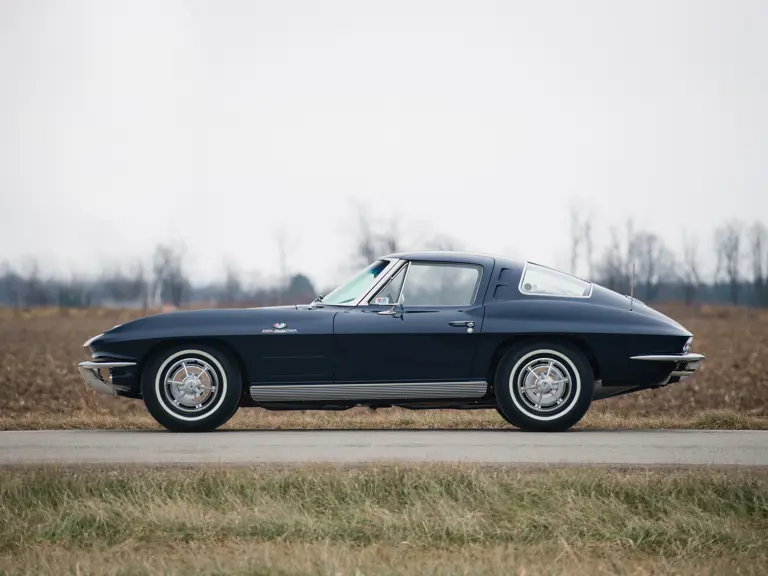
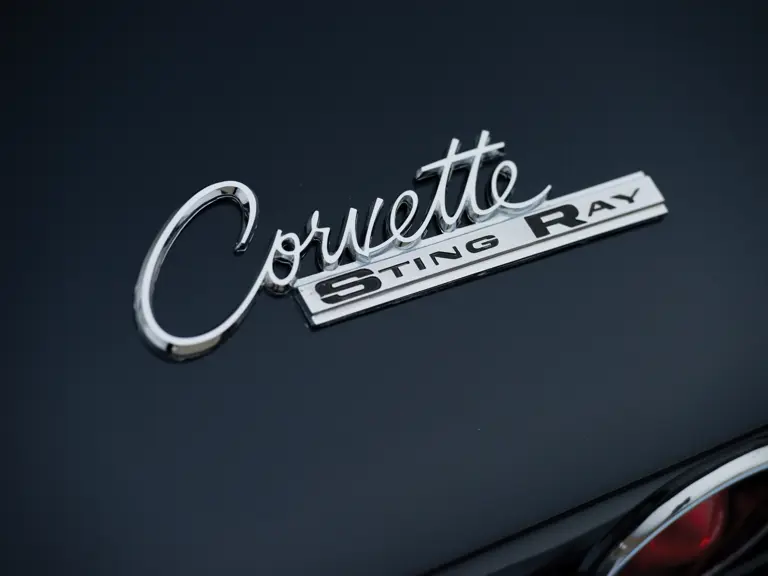


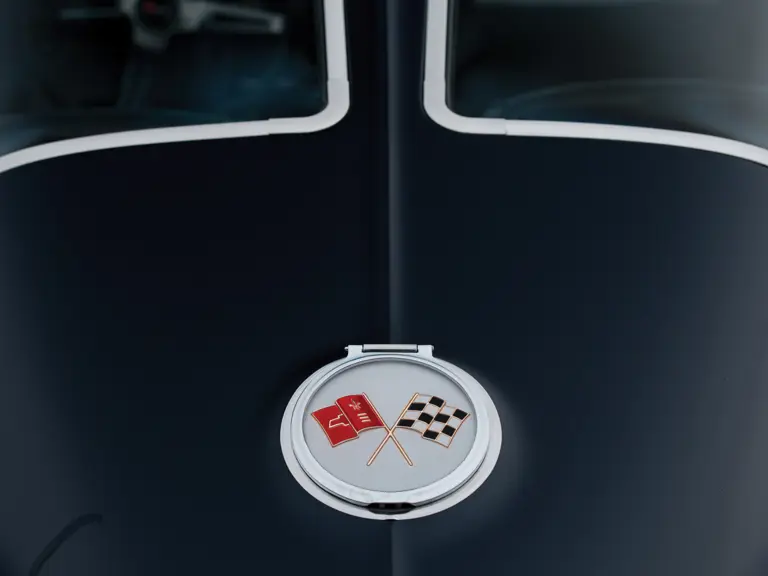

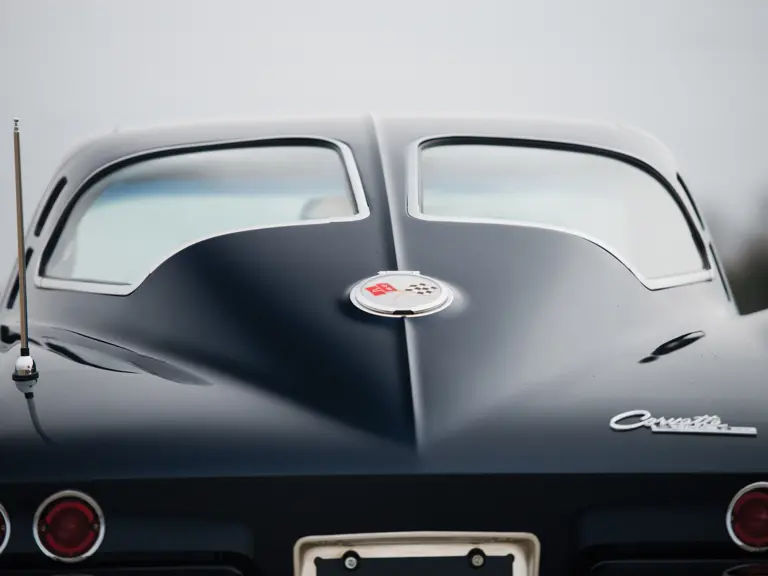
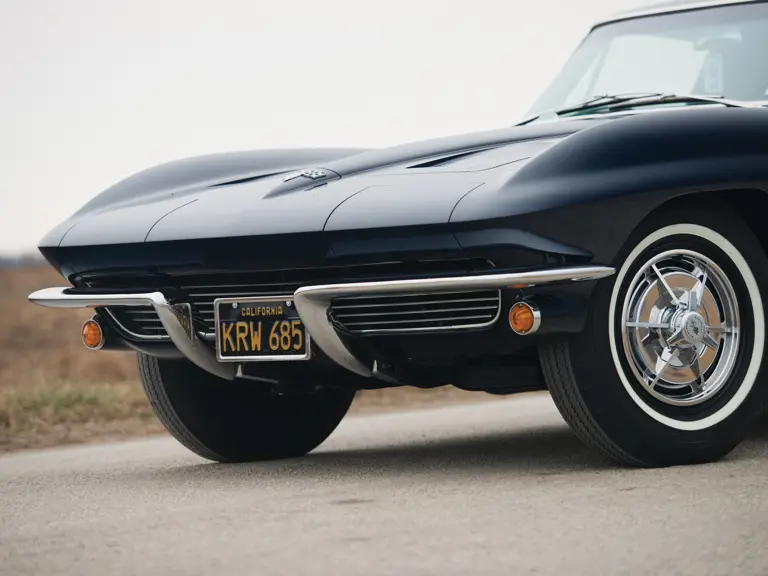
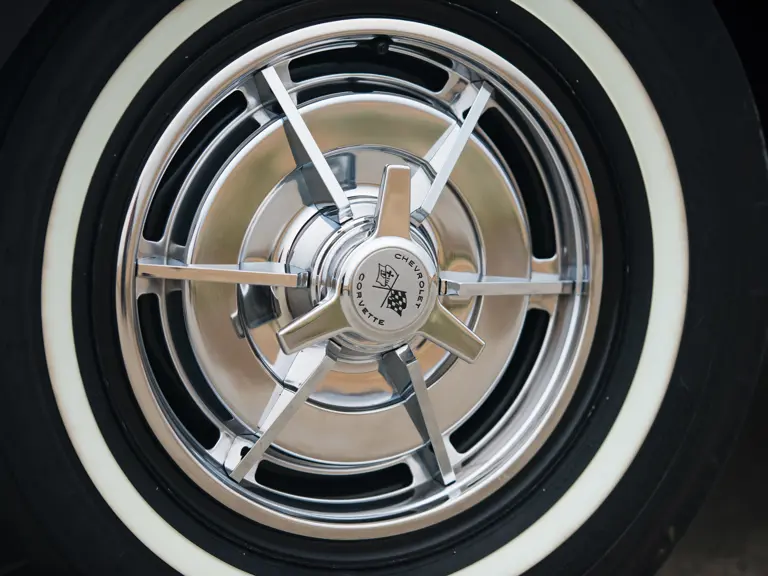

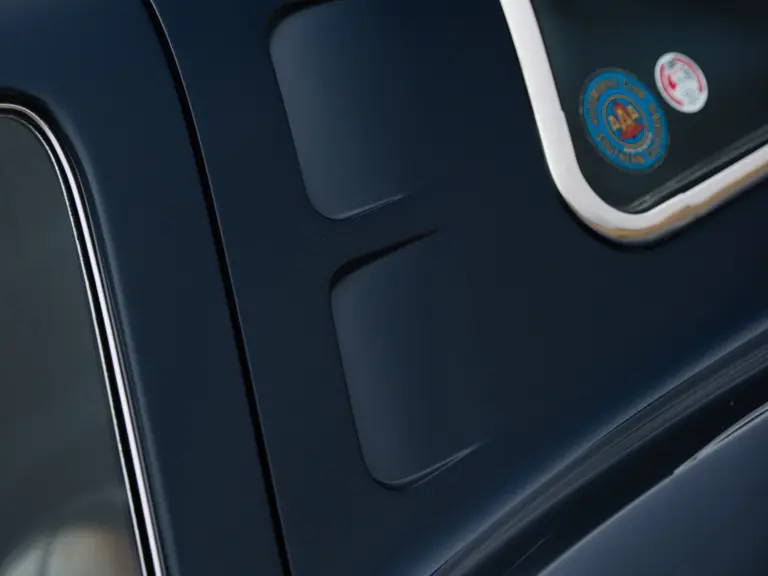
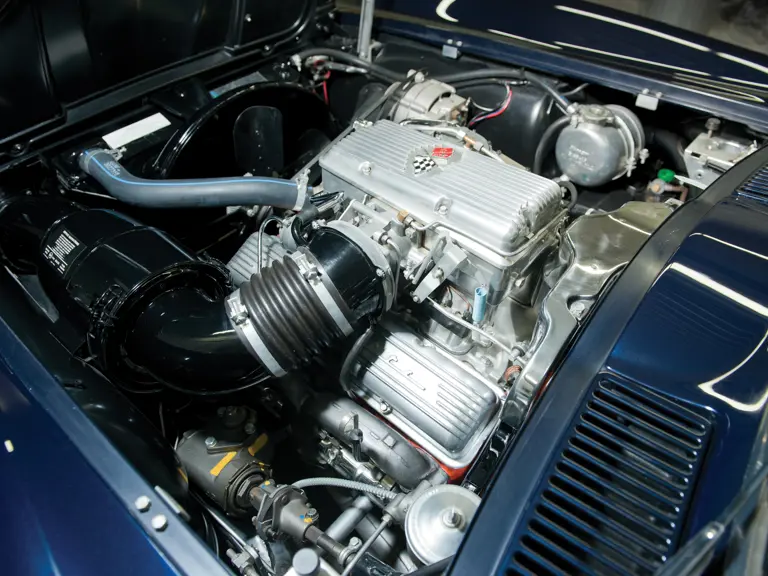
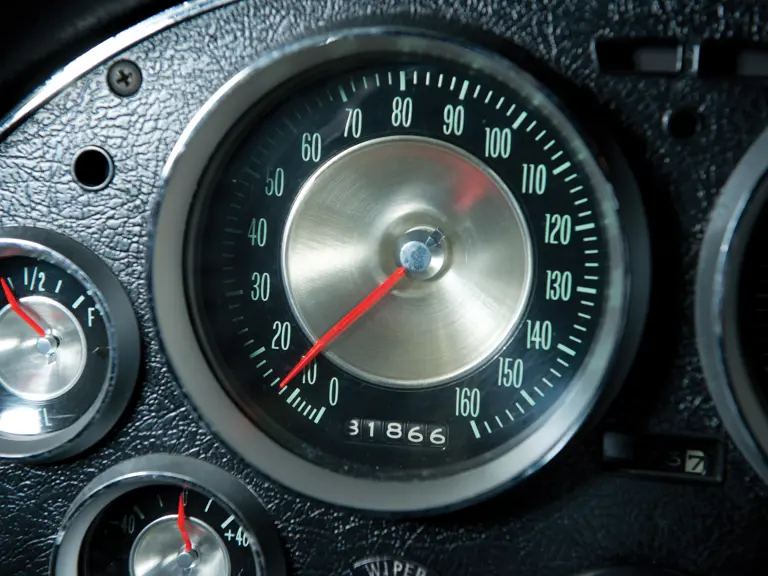
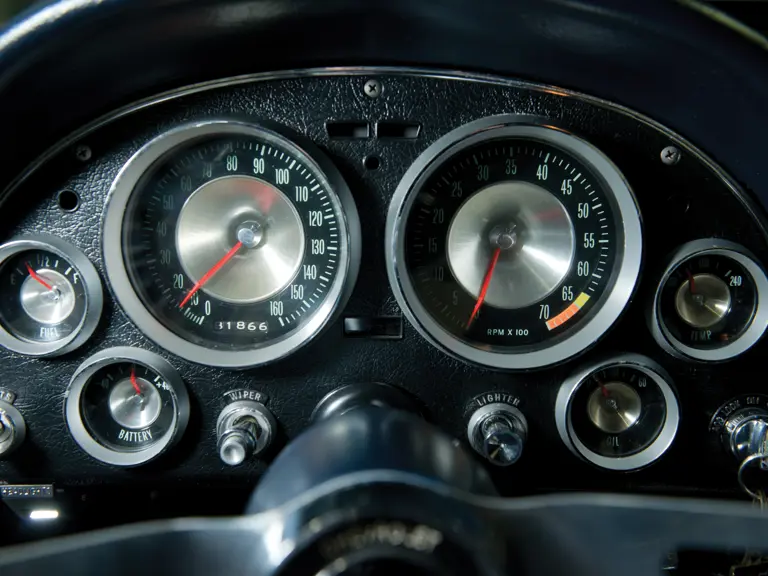
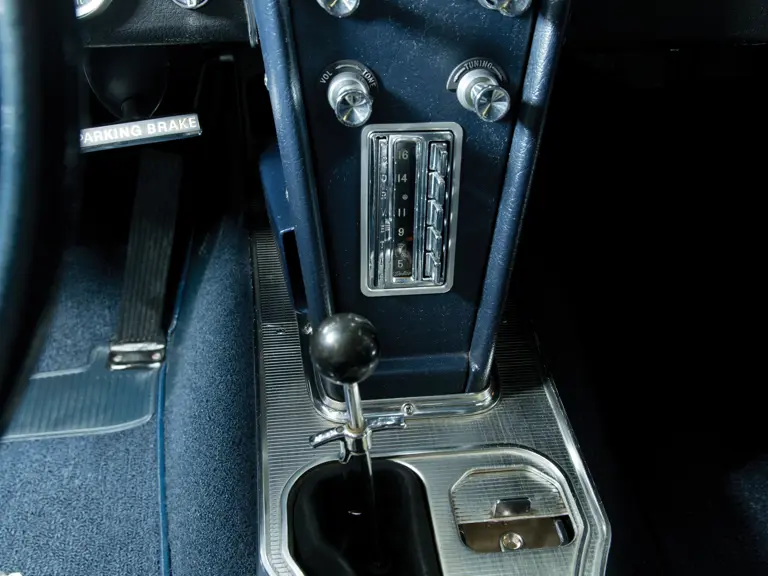
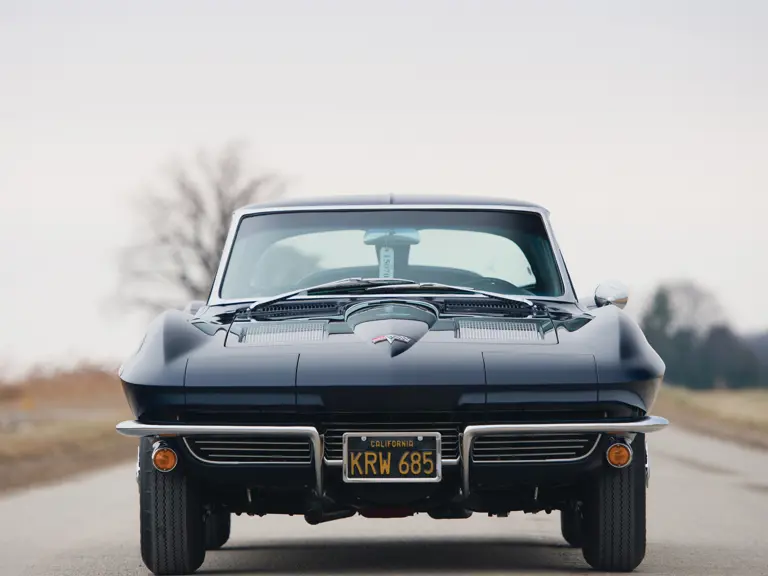
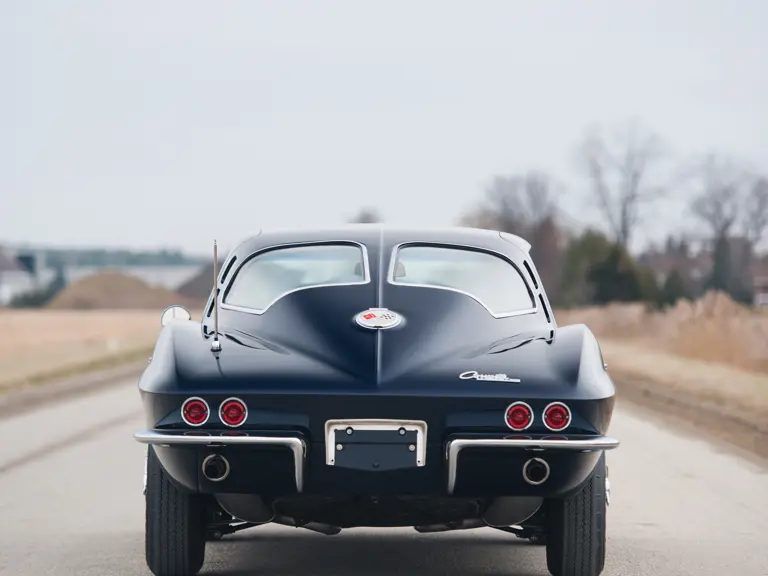
 | Phoenix, Arizona
| Phoenix, Arizona
